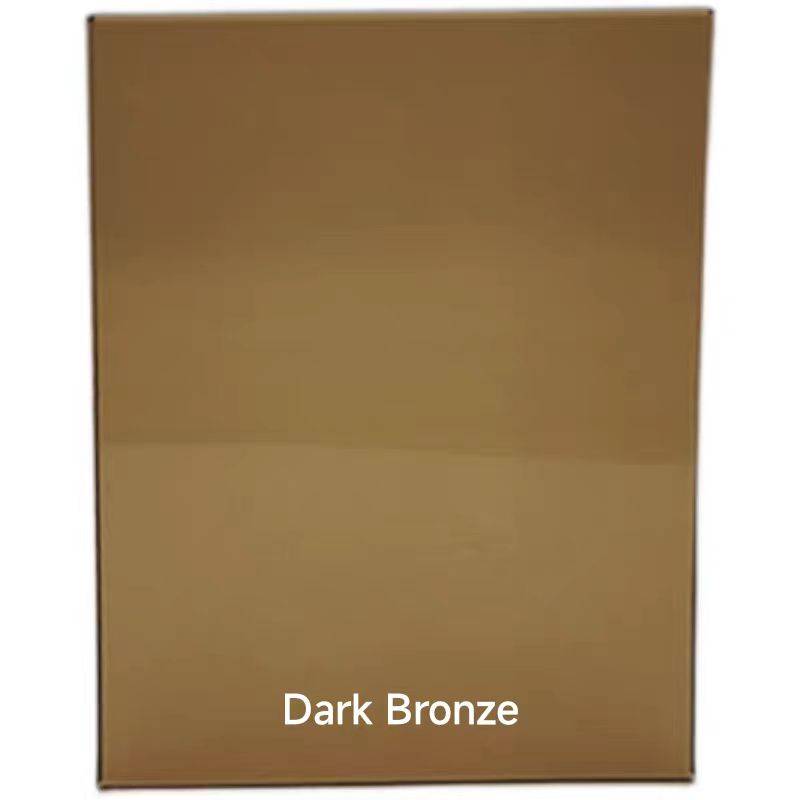

Understanding Low Emissivity Glass Coatings A Detailed Insight
Low emissivity (Low-E) glass coatings have emerged as a significant advancement in modern architecture and energy-efficient design. These coatings are specially designed to reduce the amount of heat that passes through the glass without compromising the amount of natural light that enters a building. By manipulating the thermal and optical properties of glass, Low-E coatings contribute to energy efficiency, enhanced comfort, and sustainability.
What is Low Emissivity?
Emissivity is a measure of a material's ability to emit thermal radiation. A low emissivity rating indicates that the surface emits low levels of infrared radiation. In the context of glass, Low-E coatings are thin metallic layers applied to the surface of the glass, greatly improving its thermal performance. These coatings strategically reflect heat back to its source; in winter, they keep indoor heat from escaping, while in summer, they reflect outdoor heat away from the interior.
Types of Low-E Coatings
Low-E coatings can be classified into two primary types hard coat and soft coat
.1. Hard Coat This type is created through a thermal process that bonds the coating to the glass. It is more durable and scratch-resistant, making it suitable for external applications. However, hard-coat Low-E glass typically has a higher level of visible light reflection, which may slightly affect aesthetic appeal.
2. Soft Coat Made through a vacuum deposition process, soft coats provide better performance in terms of thermal resistance and are more effective at reflecting infrared light. However, they are less durable and generally require an additional layer of glass for protection, making them more suitable for indoor applications or as insulating glass units (IGUs).
Benefits of Low-E Glass Coatings

1. Energy Efficiency One of the primary advantages of Low-E glass coatings is their ability to enhance energy efficiency in buildings. By minimizing heat transfer, they help qualify buildings for energy certification programs and reduce energy costs on heating and cooling.
2. Comfort Low-E glass helps maintain a consistent indoor temperature regardless of external weather conditions. This stability improves overall indoor comfort for occupants, making spaces more enjoyable and productive.
3. UV Protection These coatings also block a significant portion of ultraviolet (UV) radiation, which can cause fading of furniture, carpets, and artwork. Thus, Low-E glass can contribute to preserving the life and appearance of interior furnishings.
4. Environmental Impact By reducing energy consumption, Low-E glass coatings play a vital role in diminishing greenhouse gas emissions. This makes Low-E glass a sustainable choice in building design, aligning with global efforts towards environmentally friendly practices.
Applications of Low-E Glass
Low-E glass coatings are predominantly used in residential and commercial buildings, but their versatility extends to various applications. They are suitable for windows, skylights, and curtain walls, contributing to the energy efficiency of both new constructions and renovations. In addition to buildings, Low-E glass can be found in appliances like refrigerators and ovens, aiding in energy efficiency beyond daylight and architectural use.
Conclusion
In conclusion, Low emissivity glass coatings represent an excellent technological progression towards energy-efficient, comfortable, and sustainable building design. By understanding the types of coatings available and their benefits, architects, builders, and homeowners can make informed choices that enhance comfort, reduce costs, and contribute to a greener future. As the demand for energy efficiency continues to grow, Low-E glass will likely play a crucial role in the evolution of architectural materials. Its integration into building projects is not just a trend; it represents a fundamental shift towards more responsible and innovative construction practices.